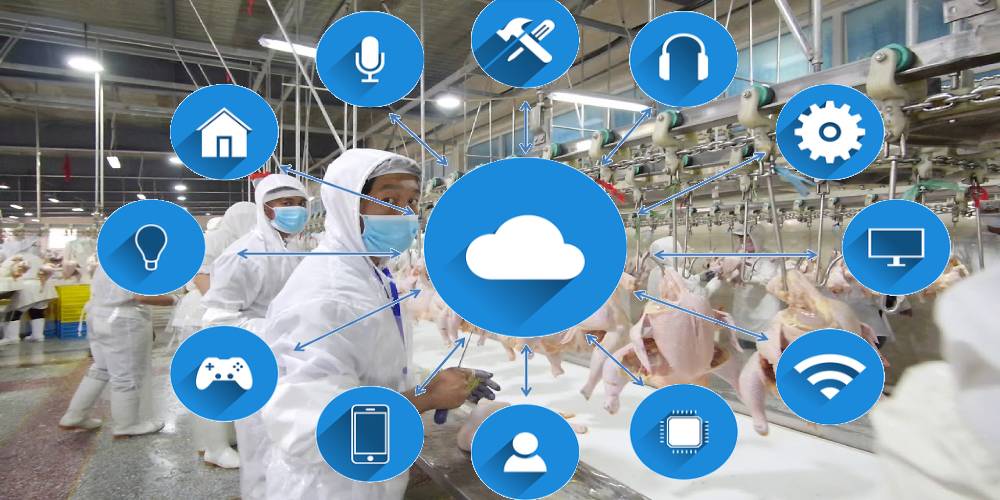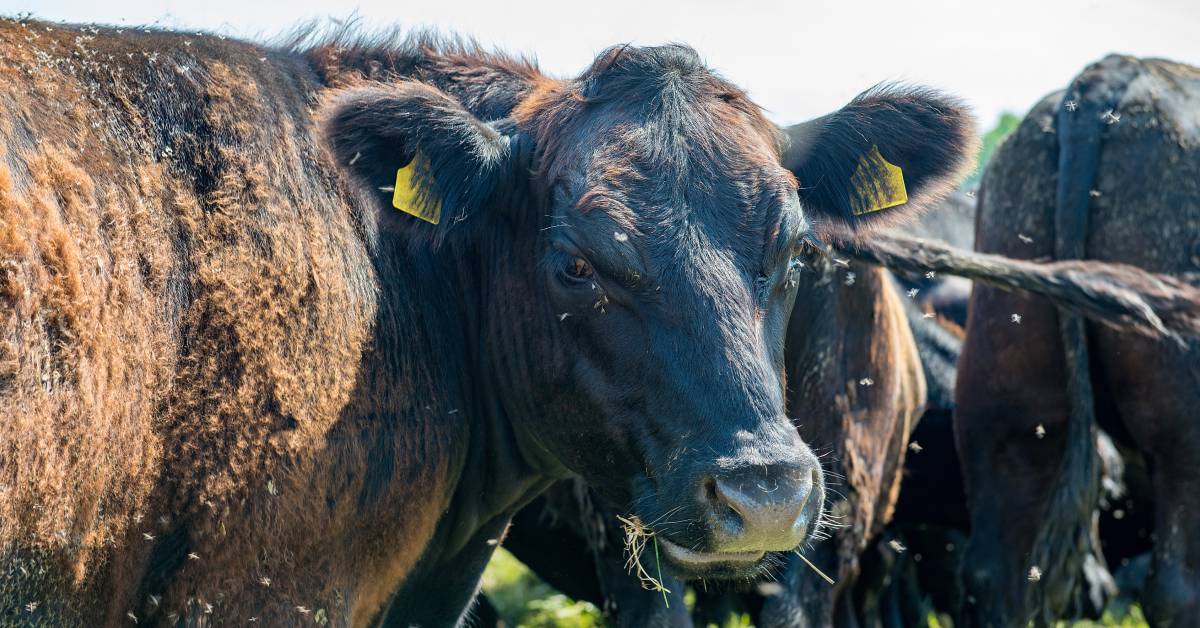Today, the fundamental food safety business is more essential than ever. With the outbreak of the COVID-19, there have been a few industries that have remained untouched by the virus’s consequences. Food safety in today’s chicken business is a major concern. Everyone wants food that is safe to consume. Although the supply chain of chicken meat is greater than only the processing plant, the business is ultimately held accountable if the food produced is not safe.
With the COVID-19 epidemic this year, a higher percentage of food illnesses are anticipated to occur due to the limited amount of staff available in processing facilities. This may also impact small manufacturers supplying bigger enterprises. Different individuals in the business anticipate bigger shops to give aid to small chicken farmers in order to meet the food safety standards.
In all stages of chicken production, from early hatching to processing and finally, to the retail and meal preparation, foodborne viruses may be in touch. For a long time, Salmonella and Campylobacter were thought to be the most common foodborne infections linked with chicken. Both organisms are significant causal agents of foodborne disease in humans, and they are closely related. It is necessary to determine the origins and routes of circulation of these diseases in chicken production to limit their spread.
Let us go through some steps that can be taken into consideration when looking into automating food safety in the poultry industry.
Human Contact
Machines should perform the job when automation is viable for a process. In an idealistic situation, the contribution of humans is restricted to monitoring, eyes, and hands alone. The product should flow as efficiently as it can through all production steps. The goal should be to transfer the stuff from the live bird hook to the cold storage as soon as possible with minimal human intervention.
Transportation
The overhead transport system should be in place to ensure that goods do not contact each other in the main process, avoiding cross-contamination. Once released from the restraints, automated transporters should take over safe transport and preserve product integrity. Besides the safe and sanitary transportation of goods to another process stage, it also minimizes human interaction with the material by positioning items automatically properly for input into a downstream engine. Once the goods reach the packaging area, there should be a way to move them safely. It stops people from touching and releases floor space. Cross-contamination avoidance is important for food safety.
The necessity of maintaining all processes in line with food safety requires automatic line-to-line transfers from one department to another. Automatic and secure transfer from the chiller to the entire product distribution network and further to cutting equipment.
Also Read: Poultry Farm Maintenance Management Software
Hygienic Processing
Evisceration and harvesting of giblets are situations in which poor hygiene can negatively impact food safety. The packs are transported to the edible ghettos with inedible, possibly contaminating organs. This technique of evisceration, which provides the highest possible hygiene.
However, undesirable situations in the food-safe procedure include human interaction, product contact, and buffering. However, with the automation of food safety processes, products remain in line, and de-shackling, pillaging, or re-shackling of poultry is not necessary.
Bone-Free System
When you discover a piece of beef advertised to be bone-free, it doesn’t feel secure. Human evaluation is not always successful in the identification of bones. Robotic bone detection is now being considered an important component of food manufacturing to satisfy the industry’s quality assurance requirements.
Trimming
Devices like I-Cut 122 TrimSort may provide automated trimming, cutting, and portioning without belt manipulation, without affecting product integrity, or without endangering food safety. These tasks may jeopardize food safety manually.
Packaging
Robots like RoboBatcher Flex can substitute for human activities. Along with its many features, it also allows to style them, in addition to generating very precise fixed weight tray packages automatically. Marel also provides several multi-head weighers to load bone-in and boneless pieces for retail and bulk packaging. Thus, no human interaction is guaranteed.
Food Traceability
Efficient product tracing enables government agencies and individuals that manufacture and sell food to identify the source of the product quickly, and where contamination may occur in the event of a foodborne disease epidemic or contamination incident. This allows the contaminated product to be removed from the market quicker, decreasing the occurrence of foodborne diseases. Traceability enables manufacturers to detect the exact source of issues and respond quickly to prevent repeats and avert economic loss.
Automating food processing enhances product safety by reducing human intervention and interaction, thereby reducing the chances of cross-contamination and errors. Though many businesses may not find it a financially viable step. it surely is the need of the hour.







